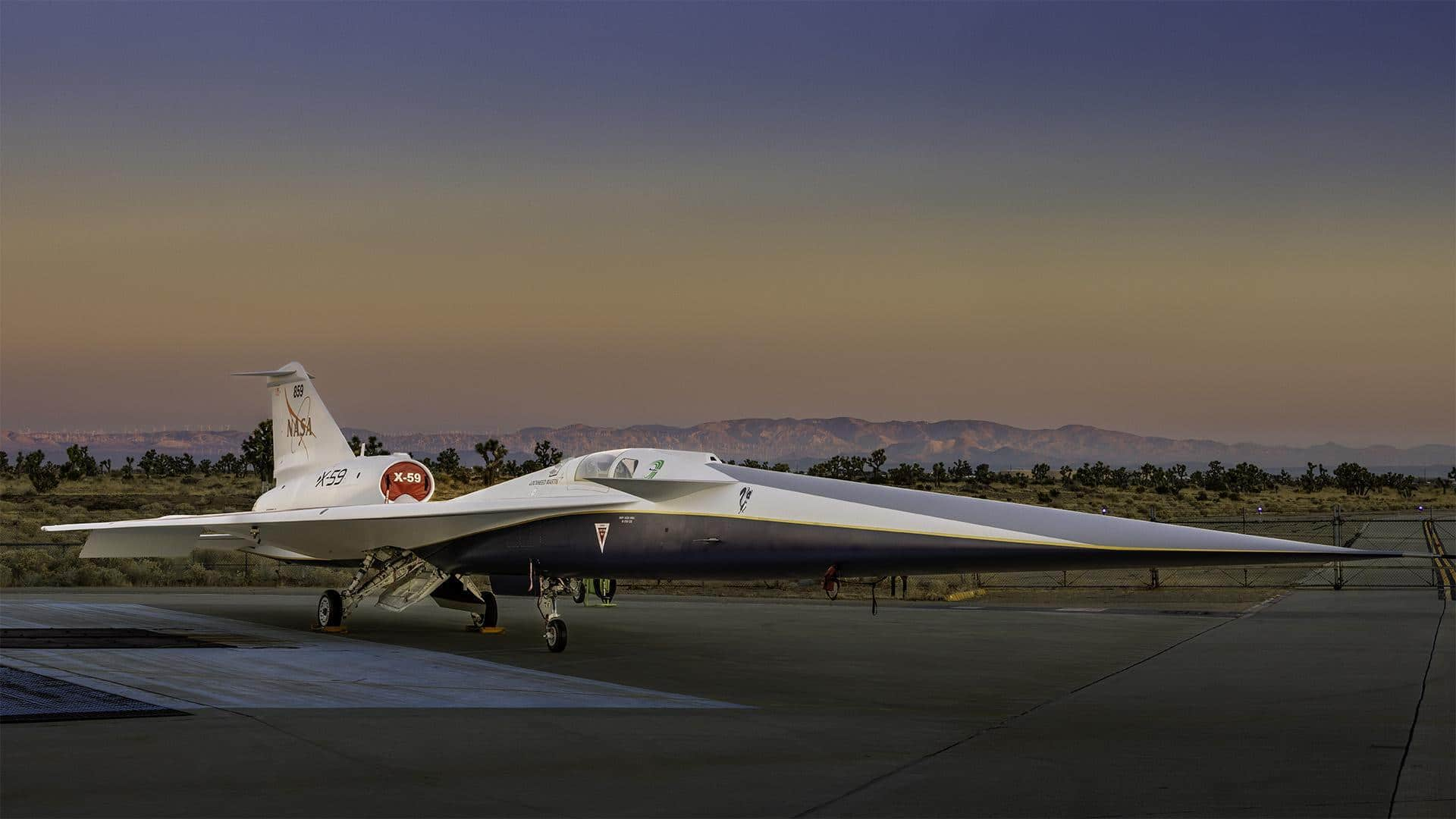
Interesting things to know about NASA-Lockheed Martin's X-59 supersonic aircraft
What's the story
NASA, on Friday (local time), unveiled the X-59 supersonic aircraft ahead of its testing. Designed by Lockheed Martin, this experimental plane aims to minimize the sonic boom produced when surpassing the speed of sound to a gentle "sonic thump." NASA Deputy Administrator Pam Melroy stated, "In just a few short years, we've gone from an ambitious concept to reality." "NASA's X-59 will help change the way we travel, bringing us closer together in much less time," she added.
Details
X-59 aims to reduce noise for ground comfort
Currently, supersonic flights over land are prohibited due to the disruptive noise they generate. However, the X-59 seeks to mitigate this noise, making it more tolerable for people on the ground. NASA has also featured the new aircraft in an official video, offering limited details but showcasing numerous stunning shots of the impressive experimental craft resting on the runway.
More
Spacecraft's first flight set for later this year
The X-59's maiden flight is set to take place later this year. Following integrated systems testing, engine runs, and taxi testing, the aircraft will be used in test flights to evaluate how people on the ground react to the reduced noise of its sonic thump. The aircraft is part of NASA's Quesst (Quiet SuperSonic Technology) mission. Should the general public deem its noise acceptable, it might contribute to convincing regulators to permit supersonic flights over land—a key objective of Quesst.
More
X-59's has been in development since 2016
NASA began development of X-59 in 2016. The aircraft measures nearly 100 feet in length. As for the speeds, it can attain up to 1,489km/h (or Mach 1.4). Its elongated design prevents shock waves produced by supersonic flight from merging, thus lowering their volume. It doesn't have a forward-facing window to reduce the sonic boom and instead features an eXternal Vision System comprising a camera and an internal screen.